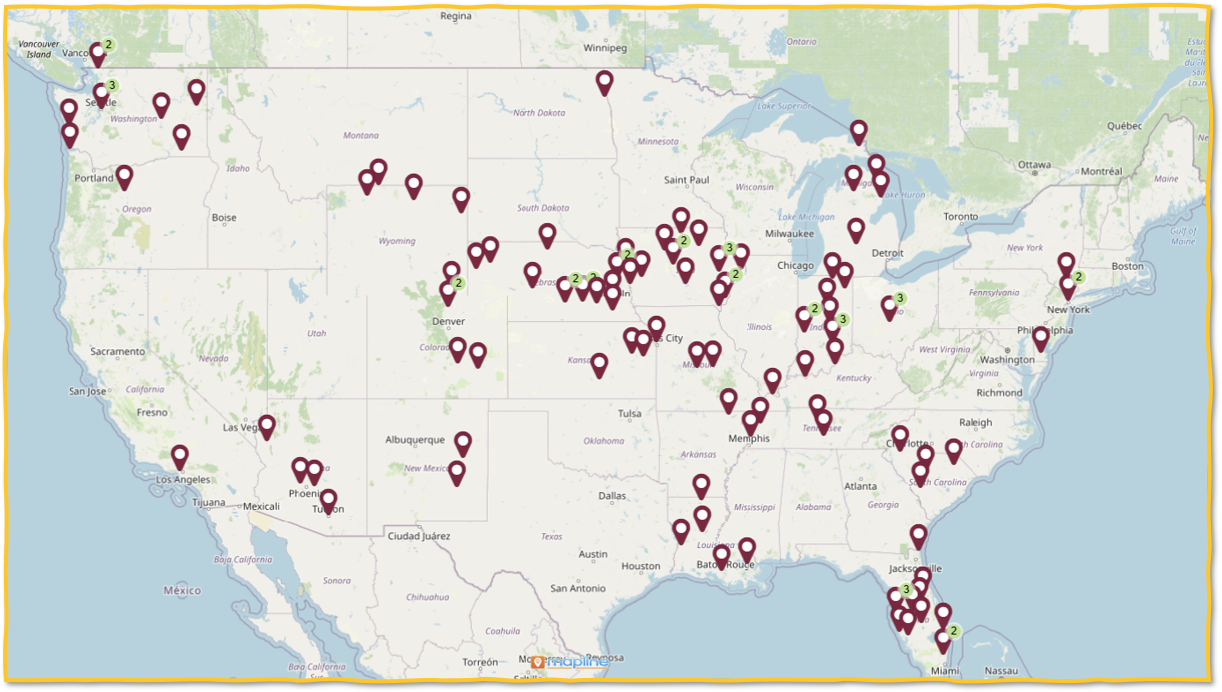
Reflective Cracking Model for Airport Asphalt Overlay Design (Phase II)
📨 Contact: Hasan Ozer, Imad L. Al-Qadi, Carlos Armando Duarte
🔖 Researchers: Masih Beheshti
🤝 Sponsor: Federal Aviation Administration (FAA)
📅 Timeline: 2025 – Ongoing
Reflective cracking in asphalt concrete (AC) overlays on existing jointed concrete pavements is considered a major pavement distress. The movement of the PCC slabs below the overlay due to the combination of thermal and traffic loading leads to reflective crack growth through the AC overlay.
Sponsored by the Federal Aviation Administration (FAA), Arizona State University, in collaboration with the University of Illinois Urbana-Champaign, is proud to launch the next phase of a groundbreaking project to solve this challenge. Building on our successful initial research, this new initiative will develop state-of-the-art and validated models to predict and joint reflective cracking in AC overlays on rigid airfield pavement structures.
This project combines cutting-edge computational modeling with extensive real-world data to create the most accurate prediction models ever developed for this problem.
Advanced Mechanistic Models: We are using powerful supercomputers at ASU to build highly detailed 3-D airport pavements. In collaboration with UIUC, we are implementing a fracture-based modeling approach to capture crack propagation in an AC overlay system utilizing a 3-D Generalized Finite Element Method (GFEM) modeling approach. Novel features of the 3-D GFEM approach include adaptive meshing, automated enrichment strategies, and global-local analysis. The GFEM will be deployed to simulate various structural scenarios accurately. These simulations allow us to see how cracks grow under the immense stress of aircraft landings and changing temperatures.

Nationwide Data Collection: Our models are grounded in reality. We are compiling and analyzing a massive database of pavement conditions from airports across the United States, covering diverse climates and traffic levels. This ensures our solutions will work for any airport, anywhere.
